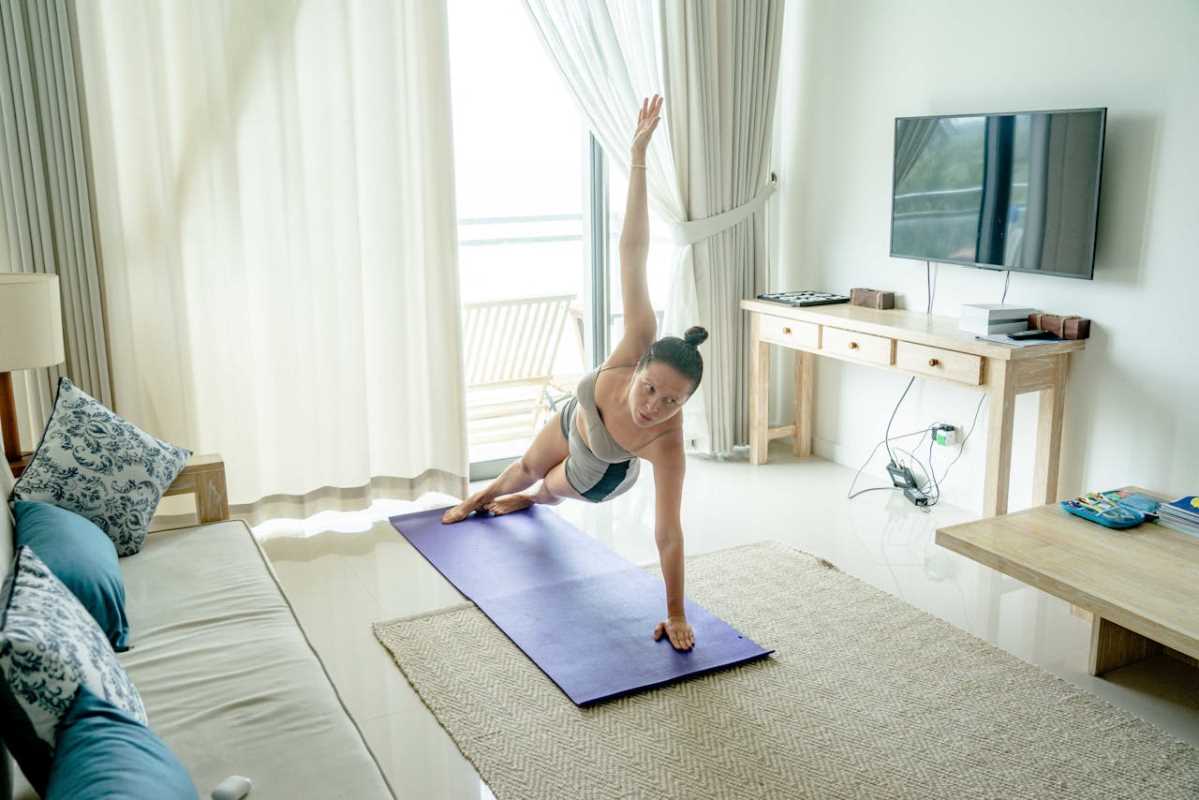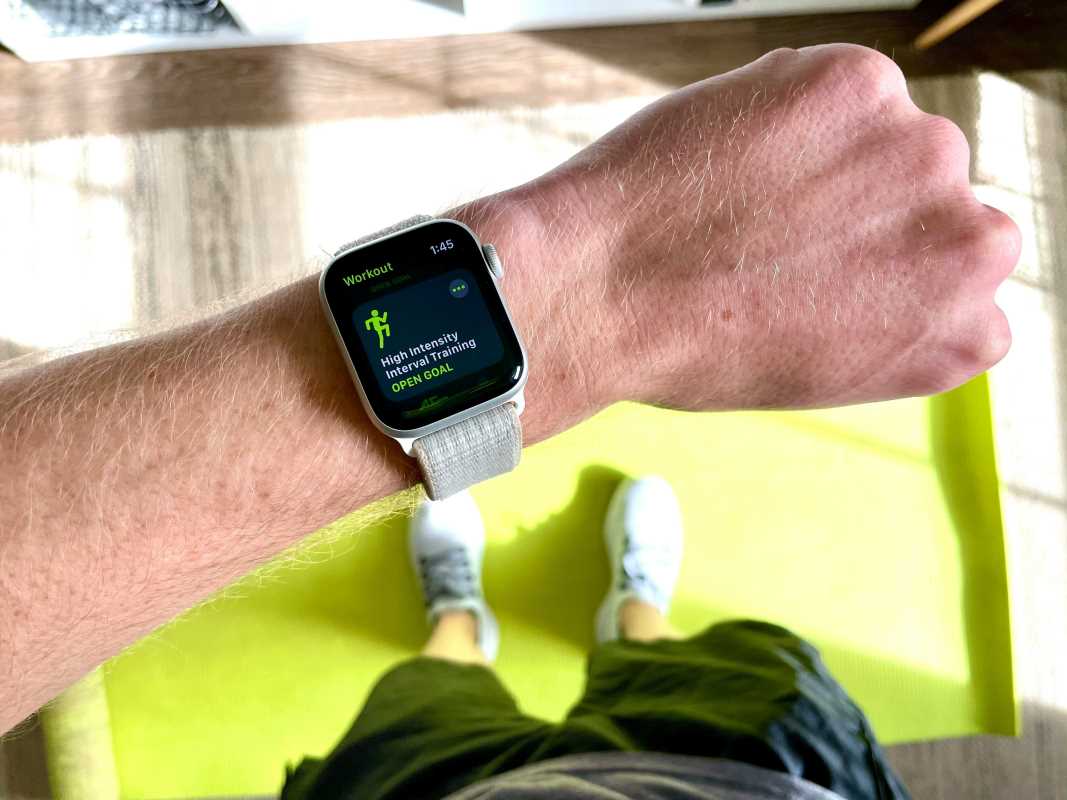After an injury, the road to recovery often feels challenging, yet bringing recovery-focused Pilates into your daily routine can provide valuable support along the way. This gentle form of exercise emphasizes precise, controlled movements that help you regain strength and flexibility while protecting vulnerable tissues from further strain. Pilates encourages you to move thoughtfully and pay close attention to your breathing, which sharpens your body awareness and complements many rehabilitation approaches. Adding carefully chosen Pilates exercises into your schedule can help you return to your normal activities with greater confidence and comfort as your body heals and adapts.
Pilates sessions provide more than just muscle work. They reconnect you with how your body moves, enabling you to spot imbalances early and make adjustments before small issues turn into setbacks. Whether you’re bouncing back from surgery, a sprain, or chronic aches, learning these recovery-focused tools equips you to move smarter. As you explore the sections below, you’ll discover clear steps to assess your needs, design routines, and track progress safely.
Understanding Recovery-Focused Pilates
Pilates excels in recovery because it centers on alignment, controlled breathing, and precise muscle engagement. It offers a low-impact way to strengthen your core, stabilize joints, and improve posture. These elements matter after injury when your body seeks to protect itself by tightening or shifting movement patterns.
- Core Stability: You learn to engage deep abdominal and back muscles that support your spine and pelvis.
- Controlled Mobility: Slow, focused motions help you regain range of motion safely, easing stiffness.
- Mind–Body Connection: Breath cues and body awareness reduce tension and guide proper form.
- Joint Protection: Pilates emphasizes safe alignment, lowering risk of re-injury during daily tasks.
Focusing on these four pillars, recovery-focused Pilates offers both immediate relief and long-term resilience. Many therapists collaborate with certified instructors to tailor routines that match each stage of healing.
Assessing Post-Injury Needs
Before you roll out a mat, you need a clear snapshot of your current condition. A basic self-evaluation helps you choose the right Pilates modifications and avoid moves that could irritate your injury.
- Check Your Range: Gently move the injured area through its normal motion. Note any spots where stiffness still lingers or pain jumps in.
- Rate Your Pain: Use a simple scale from 0 (no pain) to 10 (sharp pain). Aim to keep exercises below a 3 to prevent setbacks.
- Set Clear Goals: Decide if you want to restore full range, build light strength, or improve stability. Each goal requires slightly different Pilates drills.
- Note Daily Habits: List activities that trigger discomfort—like sitting too long or reaching overhead. This will guide exercise choices and posture tips.
This quick assessment guides you toward safe, effective routines. It also provides benchmarks to measure your progress as Pilates sessions progress.
Designing Pilates Routines
Once you know your limits, creating a balanced Pilates routine becomes straightforward. Focus on exercises that support your goals while allowing for gradual challenge. Mix core work with gentle stretches and stabilization drills.
- Core Primers: Single-leg stretches and pelvic tilts awaken deep ab muscles without overtaxing your lower back.
- Hip and Shoulder Stabilizers: Moves like clamshells or wall push-ups strengthen surrounding muscles to protect joints.
- Spinal Articulation: Exercises such as pelvic curls and seated spine rotations ease stiffness along your vertebrae.
- Breath-Driven Flow: Incorporate diaphragmatic breathing drills to reduce tension and increase oxygen delivery to healing tissues.
Modifications let you adjust each drill up or down. For example, perform pelvic curls from a bridge on the floor before advancing to a stability ball. Keep your focus on proper form—good technique always beats higher reps.
Incorporating Pilates Moves into Fitness Plans
Pairing Pilates with your existing workouts opens new ways to recover. You might schedule a quick 15-minute Pilates series at the start of a cardio day to prepare your body. Or finish strength sessions with targeted stretches to cool down safely and reduce soreness.
Some athletes include Pilates on rest days to maintain core activation and keep muscles flexible while their joints recover. Others choose a twice-weekly class that focuses solely on rehab versions of classic moves. No matter how you incorporate it, consistency remains the key to steady progress.
Tracking Progress and Staying Safe
Monitoring how you feel after each session helps you avoid pushing too hard too soon. A quick checklist after workouts helps you recognize progress and identify red flags.
- Reassess Pain Levels: Compare your post-exercise rating to your baseline. A slight increase might be normal, but sharp spikes indicate you should dial back.
- Note Range Improvements: Track how far you can bend, twist, or lift compared to last week.
- Check Muscle Fatigue: Light soreness is acceptable; persistent aching suggests you’ve overdone it.
- Review Daily Function: Record tasks that feel easier—tying shoes, climbing stairs, or reaching into cabinets.
- Plan Adjustments: If any red flags appear, modify or replace exercises before your next session.
Sharing your log with a physical therapist or instructor helps them fine-tune your routine and keep you moving forward safely.
Following these monitoring steps ensures you build strength without setbacks. Catching small issues early prevents taking large steps back in your recovery.
Incorporate recovery-focused Pilates into your routine to improve mobility, core stability, and joint health. Track your progress and adjust exercises as needed. With patience and regular practice, you can restore your body's strength.
 (Image via
(Image via





